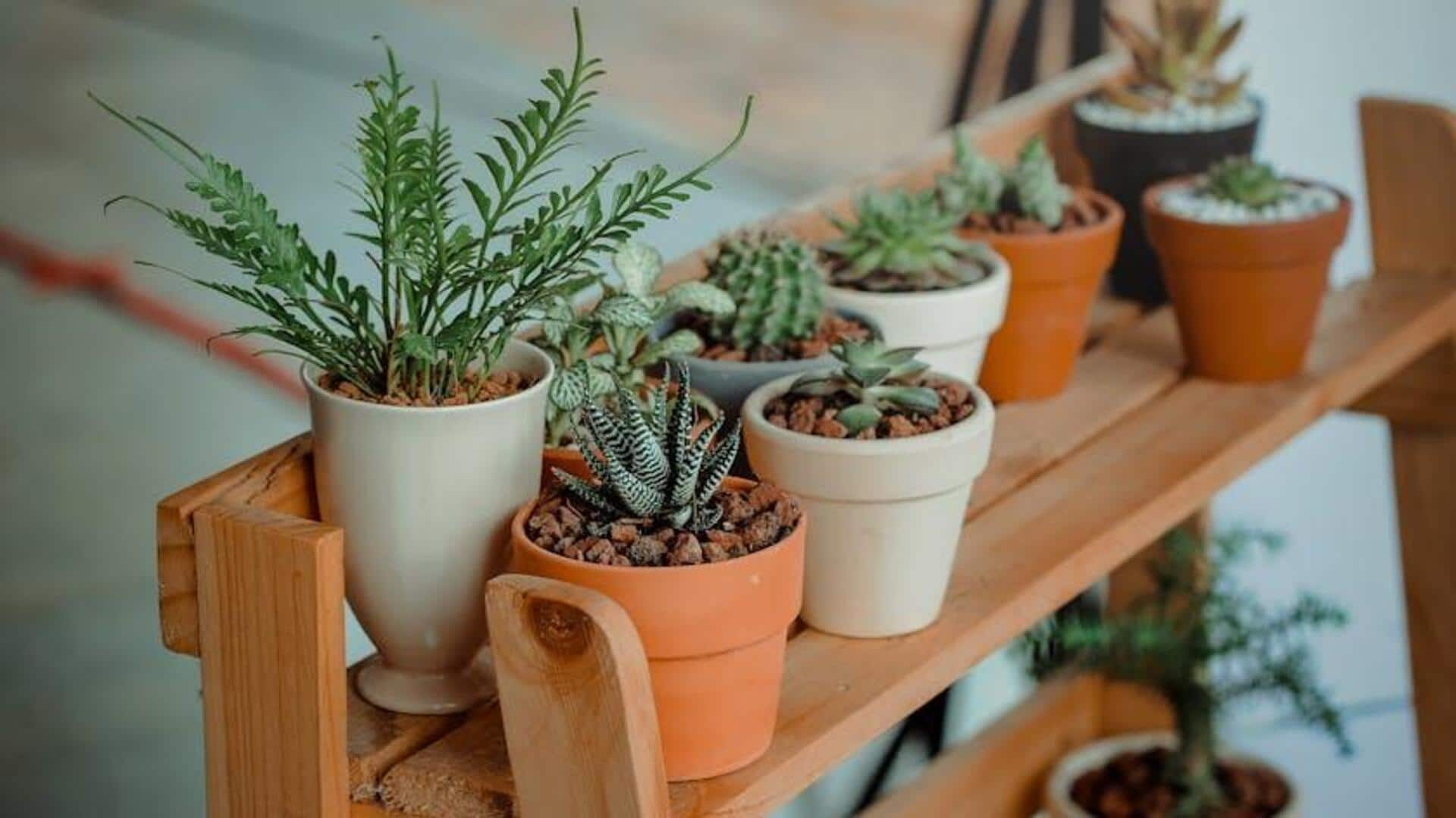
Keep your plants pest-free with cinnamon
What's the story
Cinnamon, a staple kitchen spice, can be a handy weapon in warding off fungal infections in your houseplants. Its antifungal properties make it a natural replacement for the chemical treatments. By using cinnamon, plant lovers can keep their plants healthy without relying on synthetic solutions. Here's how you can use cinnamon effectively for the same and some handy tips to apply it.
Antifungal power
Understanding cinnamon's antifungal properties
Cinnamon is rich in compounds such as cinnamaldehyde, which have antifungal effects. By disrupting the cell membranes of fungi, these compounds inhibit their growth. When dusted on soil or plant surfaces, cinnamon renders a habitat that is lethal for fungal spores, minimizing the chances of infection.
Effective usage
Application methods for best results
To use cinnamon effectively, sprinkle ground cinnamon on the soil surface around your plants. This way, you can prevent fungal spores from taking hold in the soil. Alternatively, prepare a cinnamon spray by mixing one teaspoon of ground cinnamon in two cups of warm water. Let it steep overnight before straining and applying it to affected areas.
Natural advantage
Benefits over chemical treatments
Using cinnamon as a preventive measure also offers several benefits over chemical fungicides. For one, it is non-toxic and safe for humans and pets alike when used appropriately. Plus, it doesn't add to chemical buildup in the environment or kill beneficial insects that may be living in your garden.
Regular maintenance
Tips for consistent application
For consistent results, apply cinnamon regularly as part of your plant care routine. Reapply after watering or heavy rain, as moisture can wash away its protective layer. Monitor your plants closely for signs of fungal infection, and adjust your application frequency accordingly, to ensure optimal protection against fungi.